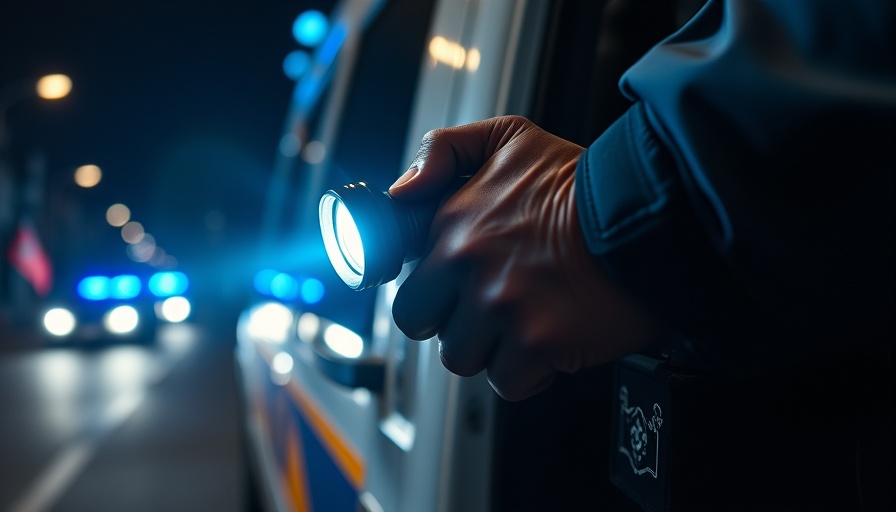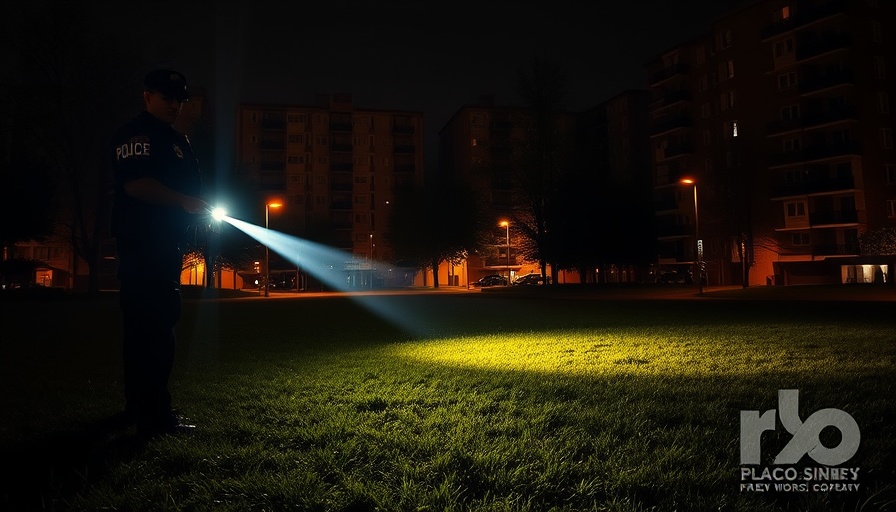
What Happened in Bradenton, Florida
A deputy from the Manatee County Sheriff’s Office experienced a terrifying incident on late Sunday night when a suspected drunk driver, with a blood alcohol concentration (BAC) exceeding three times the legal limit, crashed into his patrol car. The wreck occurred at approximately 11:45 PM as the deputy was turning into the agency’s Operations Center parking lot on US 301 Blvd. W. The impact caused the patrol vehicle to roll over, leading to the deputy being knocked unconscious.
Fortunately, first responders from the sheriff's office were on-site almost immediately and assisted in getting the deputy out of the overturned vehicle. He subsequently received treatment for minor injuries at a local hospital, demonstrating both the unpredictability of the job and the commitment of law enforcement to maintain safety on the roads.
The Risks of Drunk Driving
This incident brings to light the ongoing concerns surrounding drunk driving. Tragically, in the U.S., approximately 28 people die daily due to alcohol-related crashes, according to the National Highway Traffic Safety Administration (NHTSA). Florida has enforced various initiatives aimed at curbing this epidemic, including tougher penalties for repeat offenders and increased funding for education programs.
As public safety officials, it’s crucial to learn from incidents like these to adjust training and operational strategies. The emphasis on community outreach has never been more vital as law enforcement agencies strive to increase awareness about the dangers of impaired driving.
Tech Innovations Enhancing Officer Safety
Interestingly enough, technology has played a significant role in enhancing the safety of officers on the streets. For example, body cameras are now standard issue for many police departments, not just for accountability but also as an important tool during traffic stops. Real-time data analytics and AI-supported tools help in predicting areas with high rates of impaired driving, enabling police to allocate resources more effectively.
In the face of still-present challenges, these innovations offer a glimpse of hope. Adopting modern equipment and training protocols can significantly reduce risks faced by officers in the field. Furthermore, it assists prosecutors in bringing justice in cases of DUI-related incidents.
Community Engagement and Law Enforcement Collaboration
As seen in this unfortunate event, community engagement is paramount for improving police-community relations. The public must feel comfortable discussing concerns about impaired driving and other community safety issues with law enforcement. This open dialogue can sometimes lead to community-led initiatives that address the root causes of DUIs and enhance road safety overall.
Strategies that focus on dialogue, community policing, and transparency can ultimately bridge gaps that foster misunderstanding and mistrust between officers and citizens. Programs designed to educate the public on the penalties for DUI and its consequences can be pivotal.
Next Steps for Law Enforcement Agencies
For law enforcement agencies, this incident highlights the importance of continuing education and training regarding DUI enforcement. Reinforcing police training programs to emphasize the dangers of impaired driving, combined with effective surveillance and traffic strategies, can be life-saving. In this fast-paced world, situational awareness and proactive measures can mean the difference between tragedy and safety.
Engaging with community advocates, policymakers, and academic researchers ensures that members of law enforcement have the resources needed to tackle DUI challenges and keep their communities safe.
Conclusion: A Call for Action
The recent incident involving a suspected drunk driver crashing into a patrol car underscores the critical need for rigorous policies surrounding DUI enforcement and public education. Encourage local leaders and law enforcement agencies to focus not only on accountability and transparency but also on proactive solutions to keep roads safe. It is crucial that communities work hand-in-hand with police departments to foster better relationships and develop strategies that promote public safety and reduce incidents like this in the future.
 Add Row
Add Row  Add
Add 

 Add Element
Add Element  Add Row
Add Row 




Write A Comment